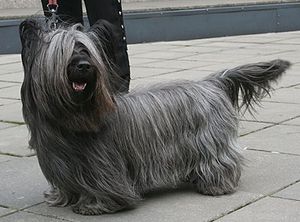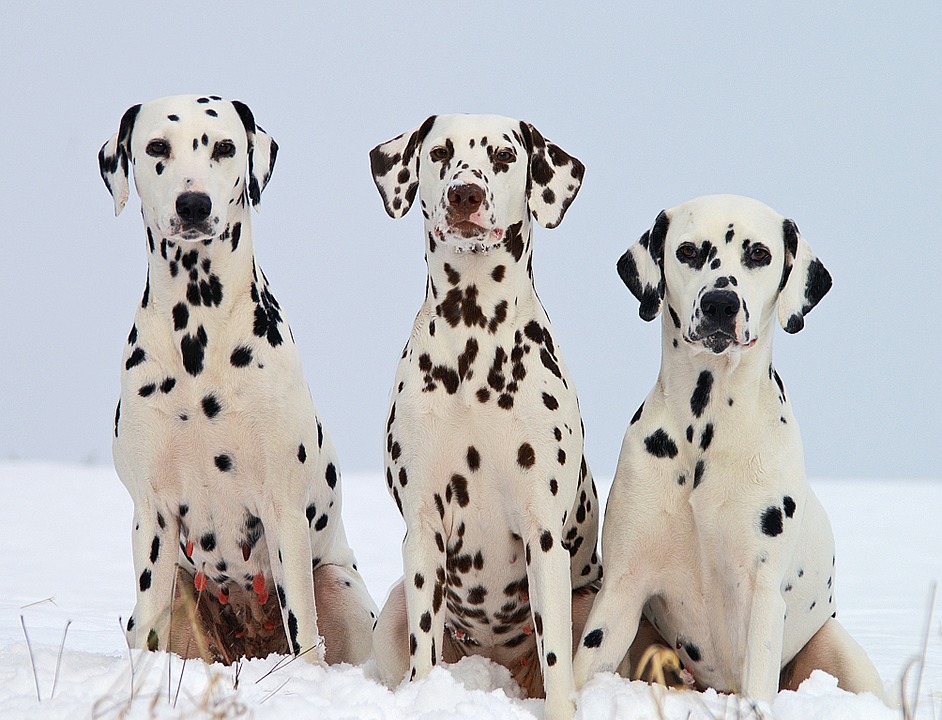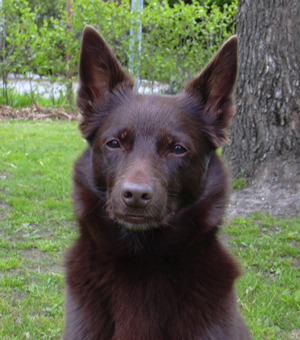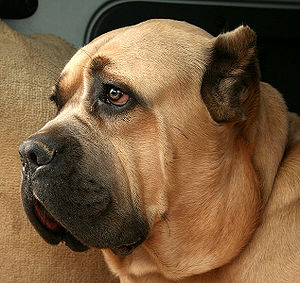 |
| Vital Statistics: |
| Place of Origin: Scotland |
| Group: Terrier |
| Height: 10-11 in. |
| Weight: males 35-40 lbs., females 25-30 lbs. |
| Life span: 12-15 yrs. |
| Trainability: moderate |
| Good with children: yes, with early socialization |
| Good with other pets: sometimes dog-aggressive, may view small animals as prey |
What is the origin of the Skye Terrier?
Related to other Scottish terriers, the Skye Terrier was used for hunting fox, badger and otter along the coast of Western Scotland. It is named for the dogs found on the Isle of Skye. Known since the 16th century, Queen Victoria popularized the breed in 1842. There is a plaque in Edinburgh commemorating the most famous Skye Terrier, Greyfriar’s Bobby, who wouldn’t leave his master’s grave until his own death, 14 years later.
What does the Skye Terrier look like?
The Skye Terrier is a strong, agile dog, 10-11 inches tall and weighing 25-40 lbs. Body length is twice its height. The muzzle is powerful ending in a black nose. Ears are rounded, either erect or falling over. Eyes are dark brown, close-set, medium in size. The well-feathered tail is long. The coat is long and straight with a coarse texture. The undercoat is soft and woolly. Colors are black, blue, grey, silver, fawn or cream, all with black ears, muzzle and tail tip. The hair around eyes and mouth need daily cleaning. Brushing 2 or 3 times a week should keep the coat clean.
What is the temperament of the Skye Terrier?
Skye Terriers are courageous little dogs. They are very affectionate with their family but wary of strangers. As they were hunters, Skyes may view small animals as prey. They should be obedience trained and socialized early to avoid unwanted behavior. Skyes are loyal and protective of their family. Exercise in the form of daily walks and playtime is recommended.
What is the Skye Terrier used for?
The Skye was used to hunt and it controlled the vermin population. Today the Skye Terrier is a loving companion dog, but has become extremely rare.
Possible Health Issues
Eye problems such as lens luxation and glaucoma, hypothyroidism, von Willebrand’s Disease, allergies, ulcerative colitis, genetic kidney disorder
- Airedale Terrier
- American Pit Bull Terrier
- American Stratfordshire Terrier
- Australian Terrier
- Bedlington Terrier
- Black Russian Terrier
- Border Terrier
- Boston Terrier
- Bull Terrier
- Cairn Terrier
- Cesky Terrier
- Dandie Dinmont Terrier
- English Toy Terrier
- Glen of Imaal Terrier
- Irish Terrier
- Jack Russell Terrier
- Lakeland Terrier
- Manchester Terrier
- Miniature Schnauzer
- Moscow Toy Terrier
- Norfolk Terrier and Norwich Terrier
- Old English Terrier
- Scottish Terrier
- Silky Terrier
- Smooth and Wire-haired Fox Terrier
- Soft-coated Wheaten Terrier
- Tibetan Terrier
- Toy Fox Terrier
- Welsh Terrier
- West Highland White Terrier
- Wire Fox Terrier
- Yorkshire Terrier



